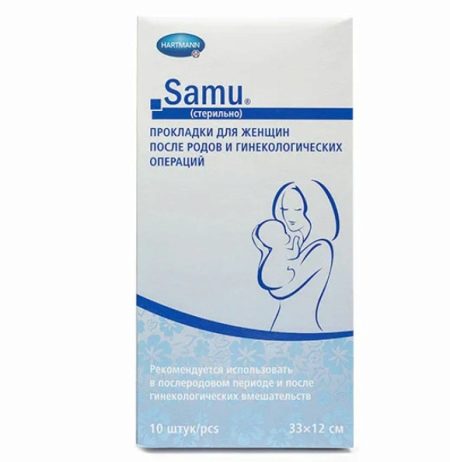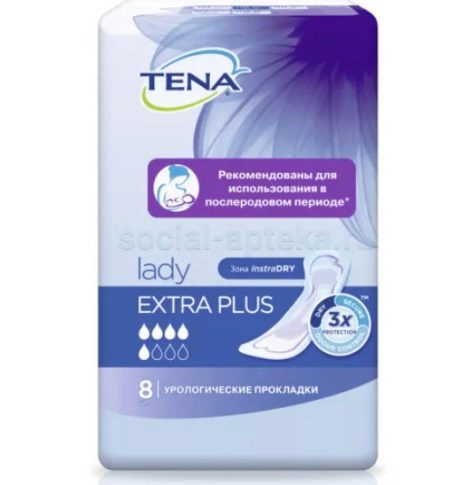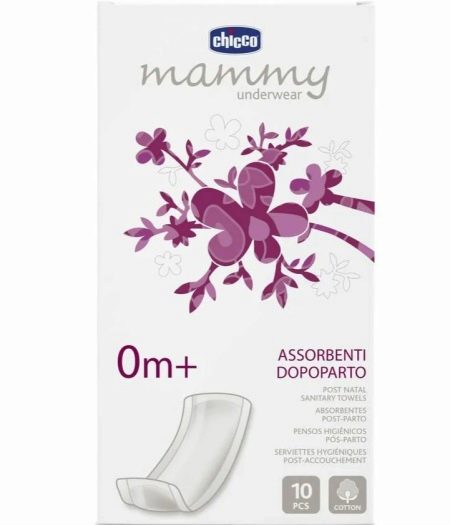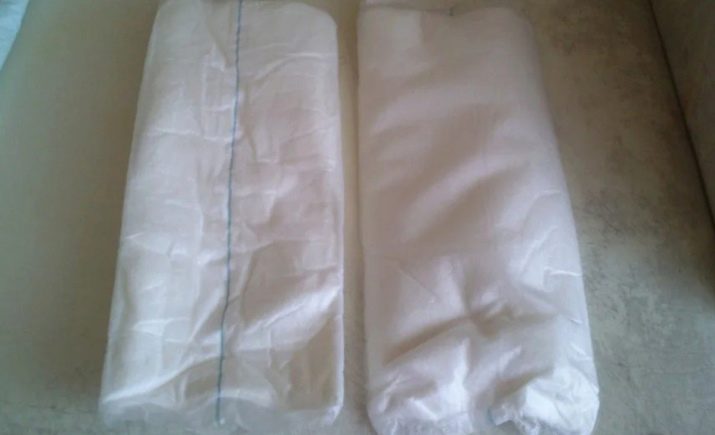All About Postpartum Pads

Waiting for a baby is the most exciting time in the life of any woman. There are so many things to buy, so many little things to prepare to take with you to the maternity hospital. One such trifle, but extremely necessary, is the postpartum pads. Many questions arise. For example, how are postpartum pads different from normal night pads? Which brands should you prefer? We will consider and compare the various lines - this will be discussed in the article.
Peculiarities
Childbirth is a rather bloody process, and after childbirth, the uterus is cleansed with bloody profuse discharge, scientifically - lochia. In addition, often during childbirth, tears or incisions are made, and obstetricians periodically carry out such an operation as a cesarean section. That is why, to reduce the risk of infections, viruses in the female body, and to make the woman in labor feel more comfortable, special postpartum hygiene products have been created. Many of the fair sex are wondering how they differ from ordinary nightlife.


There are a number of key differences between postpartum sanitary napkins and conventional sanitary napkins.
-
Greater absorbency compared to simple feminine products. These gynecological products can hold up to 700 milliliters of fluid.
-
The size of the spacers. Although postpartum products look similar, they are wider and longer.
-
The composition of the material. The breathable layer and specially designed filler are completely sterile. For women who have had a caesarean section and sutures from tears and incisions, this is very important.
-
Anatomically adjustable shape. The product adjusts to the shape of the body.This feature and the large size give confidence, so you don't have to worry about clothes or bedding.
-
Does not cause allergic reactions. Due to the fact that the product does not contain chemical fragrances, the occurrence of allergies or irritation is reduced to zero.
-
For pregnant women with urinary incontinence, the use of urological pads is prescribed. However, postpartum urological pads may only be used with a postpartum approval mark. In other cases, it is better to use them for their intended purpose.
Nevertheless, obstetricians advise the first 3-4 days after childbirth to use postpartum pads for the speedy healing of stitches.

Popular manufacturers
It is difficult to make a rating of the postpartum pads, because the comparison is rather arbitrary, rarely anyone uses more than a couple of brands. Nevertheless, we managed to compile the top manufacturers, about which users have left positive feedback.
-
Peligrin brand products. Differs in high absorbency, material quality and affordable price category. The superabsorbent inside the pad perfectly absorbs secretions, and therefore the product can be used not only by women who have given birth, but also by patients with enuresis. However, there is also a significant disadvantage - the absence of "wings", which is why the gasket is fixed by means of elastic bands that are located on the sides.

- Product of the Molimed brand made in several lines of postpartum pads. The standard line "classic" has an anatomical shape and is made of non-woven materials. High absorbency is ensured by three layers of superabsorbent. All postpartum pads are antimicrobial coated. The main disadvantage of this brand's products is the lack of "wings".

- Canpol babies in quality they are in no way inferior to the brands "Peligrin" and "Molimed", they also have a high absorbency, but at the same time there are "wings", and the thickness of the pad is much smaller. The main disadvantage is the high price.

- Quality of HARTMANN postpartum pads can be described as very high. They are anatomically shaped and absorb large amounts of secretions. The main advantage is the prevention of the onset and penetration of infection due to antiseptic impregnation. The disadvantages are also significant - the lack of individual packaging and an adhesive base for fixing the pad on the linen.

- Helen harper are highly absorbent. There are no "wings", instead of them there are side elastic bands. One of the most affordable brands in the mid-range.

- Seni have a number of benefits. They are soft and pleasant to the skin, absorb liquid evenly, and have good hold. The disadvantages include the lack of "wings", but these gaskets have side bumpers that keep the discharge.

- TENA. The sterility of the pads is achieved through individual packaging. In the postpartum period, it is advised to take "maxi", since the "normal" series cannot cope with a large amount of discharge. There are side bumpers, no "wings".

- Chicco pads absorb well, do not provoke allergic reactions. They have such disadvantages as high price, lack of fixing adhesive base, lack of sides.

- Mothercare postpartum pads have "wings", a soft surface and are perfectly fixed on the linen. Of the minuses, it is worth noting the insufficient size and poor air permeability.

As you can see, the products of all manufacturers are approximately the same, therefore, when choosing postpartum pads in the hospital, focus on your needs.
Which one is better to choose?
An important criterion for postpartum napkins is the top layer of a special non-woven material that does not stick to the seams and does not irritate them. Often the material is impregnated with an antibacterial composition based on medicinal herbs.Such pads should be taken to the hospital for those who are not allergic to herbal supplements.
For women in labor with allergic reactions, simple sterile postpartum pads are suitable. They also have a soft texture and do not stick to overlaid seams.
You should not take very cheap products of unknown brands, it may very well be that the materials of the gaskets will be of poor quality. And if you still want to save money, then it is better to ask your friends, relatives or your doctor about the brands used.

When choosing your hygiene products for the postpartum period, consider these factors.
-
Moisture absorption. In the first days after childbirth, this indicator should be extremely high, therefore, for the first 3-4 days, choose hygiene products with the maximum number of drops on the package.
-
Dryness. In addition to high absorption, the top layer of the pad provides a comfortable tactile sensation. And also this parameter is important for reducing the number of bacteria and viruses.
-
The presence of antibacterial impregnation. Helps to minimize the risk of infections, accelerates the healing process of wounds and stitches.
-
The presence of an anatomical shape. The use of anatomically shaped spacers helps to reduce discomfort.
-
The presence of an adhesive base and "wings". The adhesive base and "wings" are needed for secure fixation on the linen, in this case the risk of leaks is minimized.


How to use it correctly?
The first day after childbirth, there is abundant discharge, and the pads will have to be changed often, about once every 2-3 hours. The hygiene product must be anatomically shaped and with "wings". It is still not worth using ordinary nightwear, the materials of an ordinary hygiene product can provoke swelling of the sewn tissues.
The use of postpartum pads is much the same as conventional pads.
-
Wash your hands with soap and water before changing products.
-
Replacement of gaskets is done after each visit to the toilet.
-
Remove the product towards the loin of the body to reduce the risk of infection and germs entering the genitourinary system.
-
Change the gasket carefully, without touching the seams.
-
Each visit to the toilet is accompanied by hygiene of the genitals - washing and thorough drying when changing the pad.
For the postpartum period, take approximately three packs of pads. This will be enough for you to stay in the hospital, and after you are discharged, buy additional funds as needed.
You need to think about buying postpartum pads already at the stage of preparation and collection in the hospital and take a responsible approach to the choice of hygiene products. You shouldn't save, but you don't need to buy the most expensive ones either. It is important to evaluate the quality of products, material, shape and additional elements. The comfort of the first days after childbirth, the state of health and the speed of suture healing depend on your choice.









